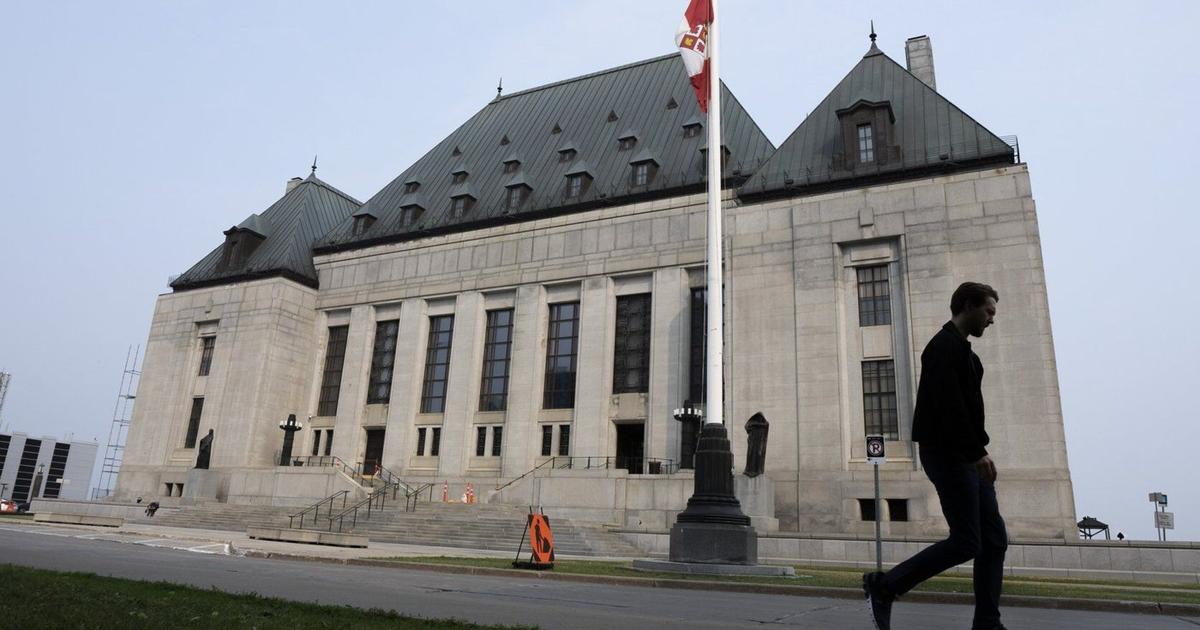There’s a whimsical playroom to keep kids entertained, a swanky resident lounge, and even a golf simulator.
The three-bedroom condo at Yonge and Eglinton — a short walk to the subway, with a sweeping view of midtown from a substantial terrace — is one many Torontonians would jump at the chance to live in.
But the price tag is out of reach for most, at $3.6 million.
While Toronto’s traditional condo market is struggling under higher interest rates and oversupply, the luxury segment is still going strong. Bigger floor plans are becoming more popular, and some buyers are even combining units, as developers pivot away from shoeboxes in the sky.
While some developers are using the slowdown in the market to cater towards renters, others are seeing opportunity in luxury. However, with prices well over a million dollars and sometimes even in the double-digit millions, they’re far from accessible to the average home-hunting Torontonian.
Builders, “want to move away from, if you want to call it, the tinier shoebox style 500-square-foot condo,” said Adrienne Lake, managing broker of Corcoran Horizon Realty’s Yorkville office. “Because those are aimed at the investors and the investors aren’t investing.”
Lake says she’s seen a lot of activity and interest on recent upscale listings, including a three-bedroom, six-car garage “gem of a property,” at 200 Cumberland St., for $17.8 million.
The definition of luxury is subjective, but condos over $2 million and over $4 million, particularly in the city of Toronto, are doing well, said Dianne Usher, senior director of Ontario talent growth and managing broker with Sotheby’s.
Luxury condo sales over the $4-million mark were up 12 per cent year over year in the GTA, to 37 units sold in 2024, according to Sotheby’s.
Thirty-four of those were in Toronto, a 31 per cent annual increase.
“There’s a bit of a glut of investor-sized condos, but not condos of a size that would appeal to either downsizers, right-sizers, or even families,” Usher said.
Lake said in addition to this lack of larger inventory, the potential buyers are typically less impacted by interest rates, which have risen from pandemic lows of 0.25 per cent, as real estate is just one part of their portfolios.
They also tend to have more cash available, and combine it with other forms of financing, rather than getting a typical mortgage.
The 2023 ban on foreign buyers has also had an impact, said Lake.
“It forces the builder to create a product that is more, if you want to use the word, livable. It has more space for people to actually create a home and perhaps not run an Airbnb out of it or rent it out to a student or somebody who is a looking for a temporary living space.”
Buyers are merging units in luxury buildings at Glenhill Condominiums at Bathurst and Glencairn and 50 Scollard in Yorkville, said Diana Girgis, director of sales and marketing with Lanterra Developments, in an email.
“Our ability to respond to the market in real time, and adjust the layouts accordingly, has helped us win in a challenging market,” she said.
Near Yonge and Eglinton, where the old Capitol Theatre site is being converted into a 150-unit luxury boutique condo, buyers are changing floor plans to make them bigger, said Josh Zagdanski, vice-president of highrise at Madison Group, which is developing the condo along with Westdale Properties.
Luxury sales are “a much brighter spot in the market than the investor-focused component,” he said.
The project is aimed at owners who want to live there.
Renderings show an attractive couple dancing in their expansive kitchen, and a man relaxing on the floor next to a fireplace with his Oscar statuette tucked beside him.
Zagdanski believes these kinds of buildings “will be more of a focus going forward for developers.”
But they have to have the right site and location for them to work.
Close to high-end shopping and neighbourhoods, for example.
While bigger condos are certainly easier to make a home in, it’s not young families who are buying them, he added. The buyers they’re seeing are already living in the neighbourhood or coming from other parts of the city from larger homes.
Some are downsizing but they still want a sizable space, and the ability to make it their own through aspects like custom finishes.
Zagdanski has seen some buyers add more bedrooms, a pantry, or his and her offices.
But some just want rooms with more square footage.
This mismatch between the kind of housing that’s needed and the kind that’s being built, said Lake, leaves the city in a “difficult position.”
Developers of course want to maximize profit, and tricking out condos with luxe amenities and grander spaces is one way to do that.
“But we have to do more as an industry, not only real estate but the builders as well as politicians, to really look at this as a bigger picture and work together to solve this problem, because it really isn’t very great for our city.”



